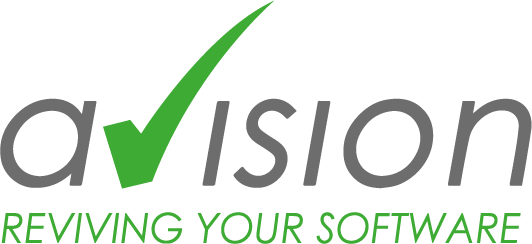Public, private, hybrid cloud, dedicated servers: when modernising legacy software, companies have many infrastructure options beyond on-premises solutions. IT service provider Avision shows which ones are best suited for what.
Infrastructure platforms play a central role in the modernisation of legacy applications. On the one hand, companies can run their applications more efficiently and better meet new requirements by switching from on-premises to cloud environments or dedicated servers. On the other hand, certain platforms can also provide optimal support for specific modernisation tasks. Avision explains the advantages and disadvantages of each option and shows which ones are suitable for which purposes.
1. Public cloud
Public clouds can be used quickly and enable IT resources to be scaled almost indefinitely and in real time. They also save a lot of investment costs, are globally available and, with their AI, IoT and analytics services, ensure a high speed of innovation. However, they also harbour major risks, such as dependence on the provider, data protection issues due to transatlantic data flows and difficult cost control. They are therefore the best choice for rapid prototype development, projects with highly fluctuating loads and non-critical workloads.
2. Private cloud
With private clouds in their own data centre or at a specialised hosting partner, companies retain complete control over their infrastructure and data. Modern technologies such as Kubernetes or OpenStack also give them many of the typical advantages of the public cloud. However, they have to accept higher operating costs, higher initial costs, slower scaling and longer innovation cycles. Private clouds are therefore particularly suitable for applications with sensitive data, high compliance requirements and long-term stable utilisation.
3. Hybrid cloud
This combines the advantages of public clouds with the advantages of on-premises environments or private clouds. Critical data or applications can remain on-pr emises or be hosted in a private cloud, while non-critical workloads are operated in the public cloud. However, the price to pay for this is a complex architecture and integration, higher administrative costs and increased security and governance requirements. The bottom line is that hybrid clouds are suitable for mixed requirements when existing legacy infrastructure is to continue to be used or modernisation is to take place in stages.
4. Dedicated server
Dedicated servers – i.e. physical machines that a service provider operates exclusively for a company – enable complete control over hardware and software. The costs are easy to plan and performance remains constant, as the resources are not shared with other customers. On the downside, high initial costs, longer deployment times and limited scalability are significant factors. Dedicated servers are primarily a good option for computationally intensive workloads, legacy applications that are not containerised or cloud-enabled, and high-security areas such as finance or healthcare.
‘In practice, the best solution is often a mix of different options,’ explains Nadine Riederer, CEO of Avision. ‘For example, dedicated servers combined with private or hybrid cloud models offer a strategic option for particularly sensitive or non-cloud-enabled applications. Companies can physically isolate individual systems while flexibly outsourcing other workloads. In many cases, a dedicated server can also serve as a controlled link between legacy systems and modern cloud components, for example as a secure API node or for migration tests.’
This press release is also available at www.pr-com.de/de/avision.
Press contact
Avision GmbH
Christina Karl
Marketing
Bajuwarenring 14
D-82041 Oberhaching
Phone +49-89-623037-967
christina.karl@avision-it.de
PR-COM GmbH
Melissa Gemmrich
Sendlinger-Tor-Platz 6
D-80336 Munich
Phone +49-89-59997-759
melissa.gemmrich@pr-com.de



